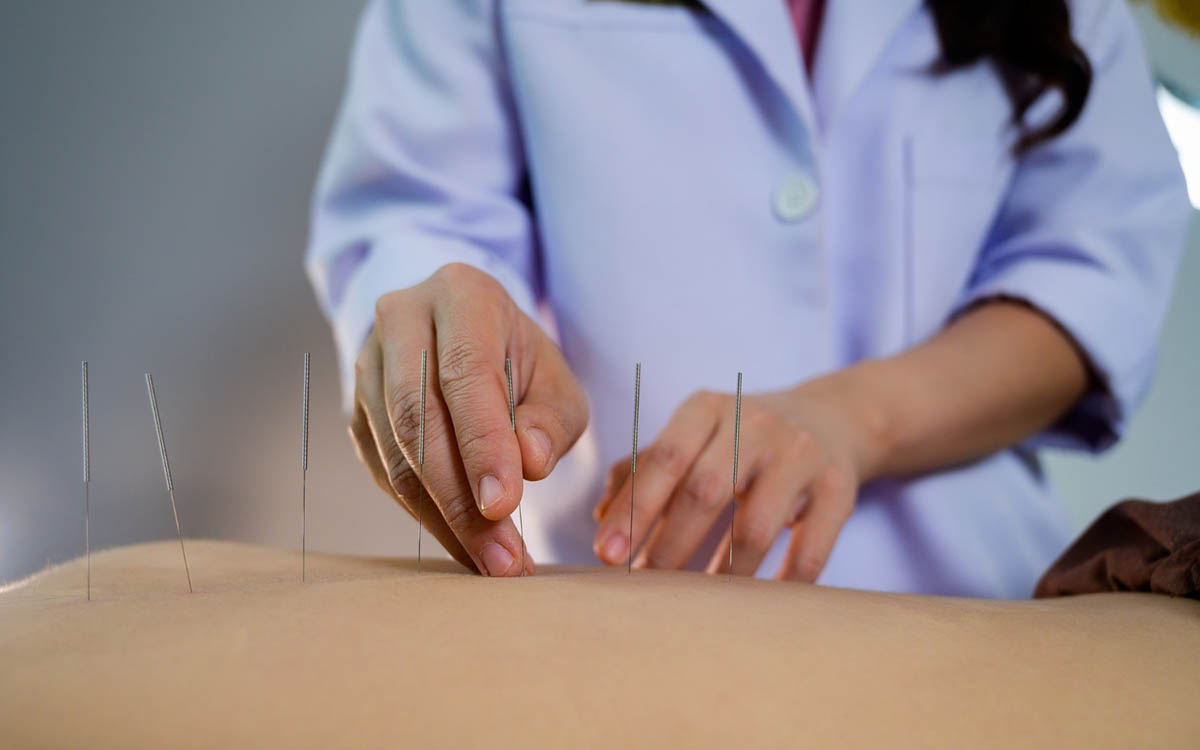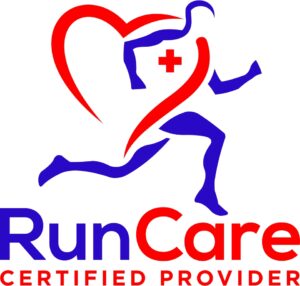
Back pain is a prevalent issue that affects millions of individuals worldwide, leading to discomfort, limited mobility, and a reduced quality of life. It can range from mild muscle pain to a debilitating condition that interferes with daily activities. As people search for effective solutions, dry needling has emerged as a promising treatment option. This article aims to explore dry needling for back pain, its benefits, and its effectiveness in relieving this condition, as well as what to expect during a session and how to choose the right physical therapist.
How Dry Needling for Back Pain Works
If you’re curious about what is dry needling for back pain is and how it can help alleviate your discomfort, here is some essential information for you. Dry needling involves inserting thin, solid needles into specific points within the muscles, known as myofascial trigger points. These points are often sources of tension, pain, and limited mobility. By targeting these areas, dry needling can help release muscle knots, improve blood flow, and reduce inflammation. The procedure is designed to stimulate the body’s natural healing process, leading to pain relief and enhanced function.
Moderate evidence indicates that dry needling of myofascial trigger points (MTrPs), particularly when combined with other therapies, can be recommended to alleviate the intensity of lower back pain (LBP) after treatment.
The technique involves using dry needles, which do not inject any substance into the body, making it a safe option for pain sufferers. Unlike Chinese medicine, which focuses on energy flow and uses hollow needles, dry needling is rooted in Western medicine and specifically targets musculoskeletal pain and dysfunction. When the needles are inserted, they may cause a twitch response, which is an involuntary contraction of the muscle fibers. This response is a good indicator that the therapy is effectively targeting the myofascial trigger points.
Benefits of Dry Needling for Back Pain
Pain Relief
One of the primary benefits of dry needling therapy is its ability to provide significant pain relief. By targeting the trigger points directly, the treatment can alleviate muscle tightness, spasms, and widespread pain, leading to a reduction in overall pain levels. This is particularly beneficial for those suffering from chronic pain conditions.
Improved Range of Motion

Dry needling can also help improve the range of motion in affected areas. When muscles are relaxed and tension is reduced, it becomes easier to move freely without discomfort. This is particularly beneficial for individuals whose back pain has restricted their mobility. Improved range of motion can also aid in the overall functionality of daily activities.
Recover Faster
In addition to pain relief and improved mobility, dry needling can expedite the recovery process. By promoting better blood circulation and reducing muscle tension, the body can heal more efficiently. This is especially advantageous for athletes and individuals who lead active lifestyles, as it allows them to return to their routines quickly.
Reduced Muscle Tension
Chronic muscle tension can contribute to ongoing pain and discomfort. Dry needling helps to alleviate this tension by targeting the underlying muscle knots. As a result, patients often experience a noticeable reduction in muscle tightness and stiffness. This reduction in muscle tension can also help in relieving related symptoms such as neck pain, shoulder pain, and hip pain.
Can Help Reduce the Need for Medication
For those seeking a more natural approach to pain management, dry needling offers an alternative to medication. By effectively reducing pain and promoting healing, it can decrease the reliance on pain-relief drugs, which can have side effects and potential for dependency. This makes dry needling a valuable component of a larger pain management plan, offering natural pain relievers without the risk of complications associated with long-term medication use.
How Effective is Dry Needling for Back Pain
Numerous studies and patient testimonials have highlighted the effectiveness of dry needling for back pain relief. Many individuals report significant improvements in their symptoms after just a few sessions. The treatment’s success largely depends on the skill of the practitioner and the specific needs of the patient. Overall, dry needling has been shown to be a valuable tool in managing and alleviating back pain, especially when integrated into a larger treatment plan that may include other physical therapy treatments.
In 2020, lower back pain (LBP) impacted 619 million individuals worldwide. Projections estimate that this number will rise to 843 million by 2050, primarily due to population growth and aging. This increasing prevalence underscores the need for effective treatments like dry needling to address this widespread issue.
What to Expect During Dry Needling for Back Pain Session
During a dry needling session, the physical therapist will assess your condition and identify the myofascial trigger points to be targeted. The procedure involves inserting thin, solid needles into these points, which may cause a brief, mild discomfort. Most patients describe the sensation as a slight twitch or cramp. The therapist uses sterile needles to ensure safety and hygiene. The session typically lasts between 15 to 30 minutes, and patients can resume their normal activities shortly after.
Dry needling therapy is a form of manual therapy that aims to treat various types of musculoskeletal pain, including muscle strain, joint pain, and knee pain. By targeting the subcutaneous tissue and connective tissue surrounding the muscles, the therapy helps in reducing painful muscle contractions and improving overall muscle function.
Choosing the Right Physical Therapist for Dry Needling
Selecting a qualified and experienced physical therapist is crucial for the success of dry needling treatment. Look for therapists who are certified in trigger point dry needling and have a strong background in musculoskeletal conditions. It’s also beneficial to read reviews and seek recommendations from other healthcare providers or previous patients. A good therapist will not only provide effective treatment but will also incorporate dry needling into a comprehensive treatment plan tailored to your specific needs.
Experience Relief with Dry Needling at Wildhawk Physical Therapy

At Wildhawk Physical Therapy, we specialize in providing effective dry needling treatments for back pain. Our team of certified physical therapists is dedicated to helping patients achieve lasting relief and improved quality of life. We tailor each treatment plan to the individual’s specific needs, ensuring the best possible outcomes. Whether you are dealing with severe lower back pain, muscle strain, back pain and stiffness, or trigger point pain, our expertise in dry needling and other physical therapy treatments can help you find relief from pain and enhance your overall well-being.
Conclusion
Dry needling for low back pain is a promising and effective treatment option for individuals suffering from back pain. By targeting trigger points and promoting the body’s natural healing process, it offers significant pain relief, improved mobility, and faster recovery. If you’re struggling with back pain, consider exploring dry needling as a potential solution. With the right physical therapist, you can experience significant improvements and enhance your quality of life.
FAQ’s
Will dry needling help lower back pain?
Yes, dry needling for lower back pain can be highly effective by targeting and relieving muscle tension and myofascial trigger points in the affected area. It helps in reducing muscle pain and improving overall functionality.
How long does dry needling last?
The effects of dry needling can vary depending on the individual and the severity of their condition. Some patients experience immediate relief, while others may require multiple sessions to achieve lasting results. Typically, the benefits of a single treatment can last for several days to weeks, and consistent sessions can lead to more permanent relief.
What happens to your body after dry needling?
After a dry needling session, you may experience mild soreness or bruising at the needle insertion sites. This is normal and usually subsides within a day or two. Many patients report feeling an immediate reduction in muscle tension and pain, along with improved mobility. The therapy helps in releasing tight muscles, improving blood flow, and reducing inflammation, which collectively contribute to enhanced recovery and relief from chronic pain conditions.










